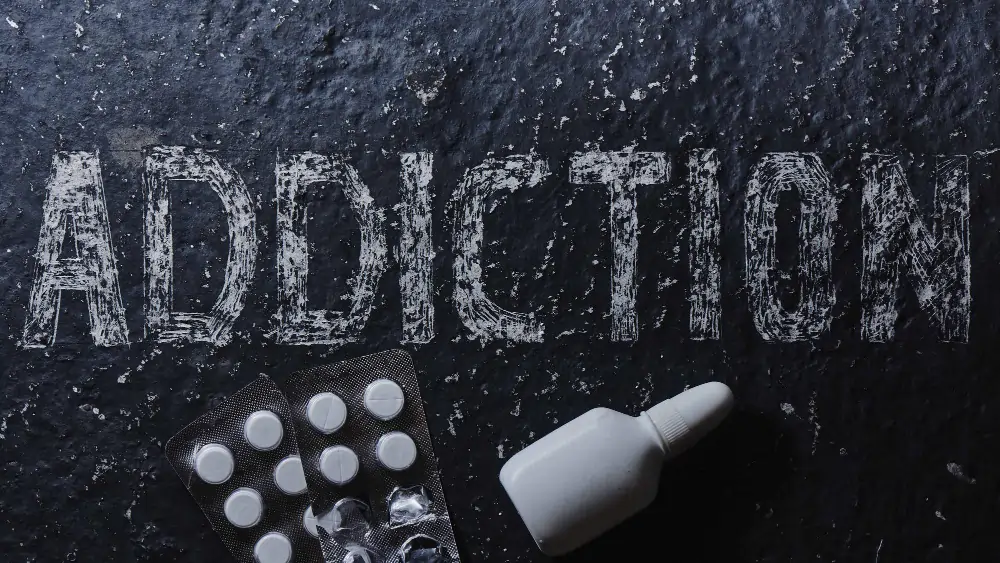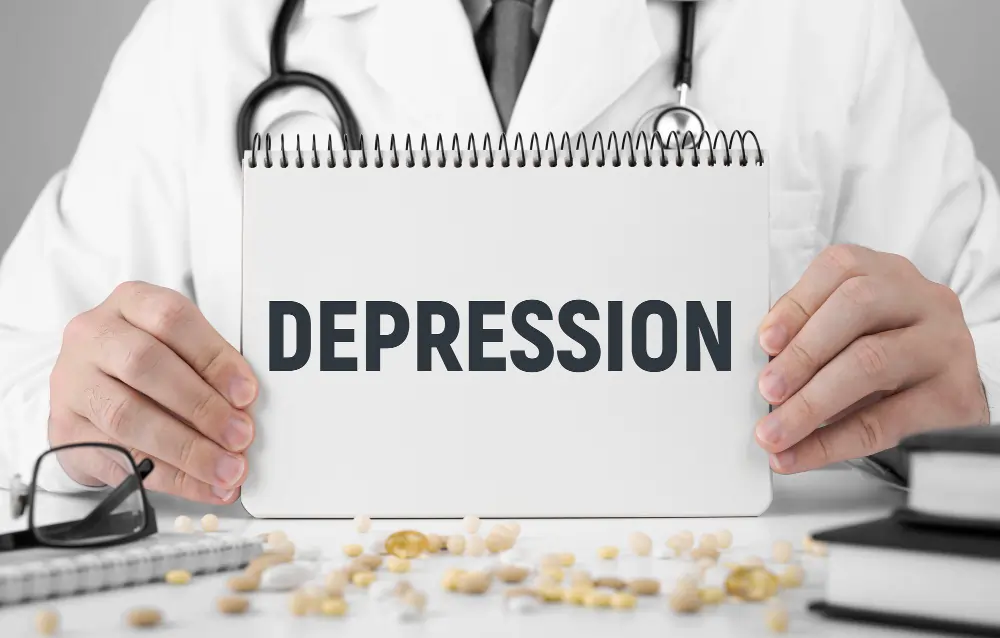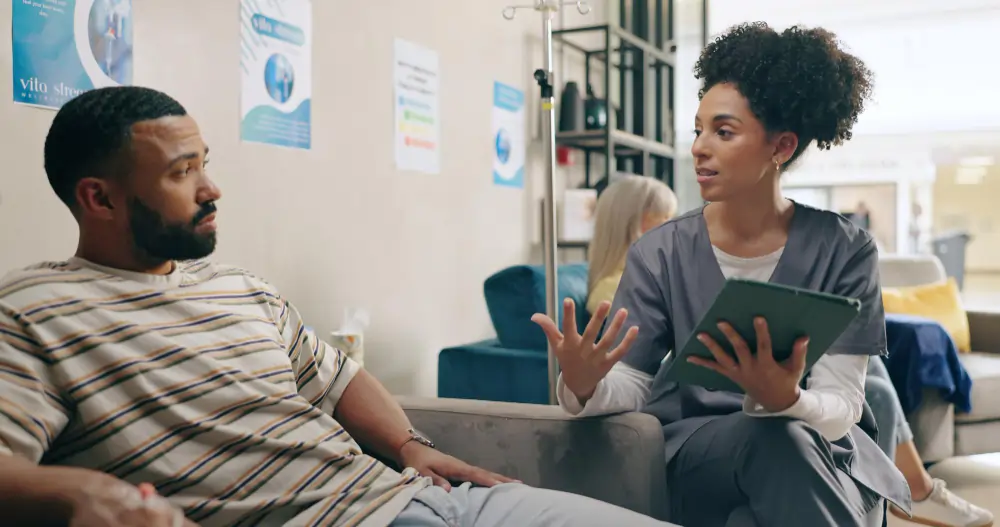Suboxone treatment and MAT in the first 30 days
If you are new to Suboxone treatment and medication assisted therapy, also called medication for opioid use disorder, this guide is for you. The first month can feel unknown. With the right plan and support, most people feel steady, clearer, and more in control by day thirty. Suboxone combines buprenorphine with naloxone and is one of three medicines approved in the United States to treat opioid addiction. These medicines are safe and effective when used with counseling and support. (U.S. Food and Drug Administration)
What Suboxone and MAT mean
Medication assisted therapy (MAT) means you use a medicine along with counseling and recovery support. Many experts now use the term medication for opioid use disorder. Suboxone is a brand name for buprenorphine plus naloxone. Buprenorphine eases withdrawal and craving. Naloxone is added to help prevent misuse. These treatments save lives and help people stay in care. (NIDA)
The first day is called induction
You start Suboxone when you are in mild to moderate withdrawal. This timing helps you avoid something called precipitated withdrawal. Your clinician checks your symptoms with a simple score and waits until you are ready to start. This is true even if fentanyl was in your supply. Your team may wait for clearer withdrawal before the first dose. (SAMHSA)
What the visit looks like
Your first visit includes a health history, a review of other medicines, and a plan to keep you safe at home. If you are a fit for treatment, you take the first dose under guidance. Your clinician then checks how you feel and may give a second dose. Many people feel relief the same day from cramps, sweats, and cravings. Telehealth can help people start and stay in care and is often part of the process. (NIDA)
Days 2 to 7 finding your steady dose
Your dose may change during the first week. The goal is simple. You should feel normal, have fewer cravings, and no withdrawal. Your dose may be adjusted in small steps until you reach a steady level. Early in care, most clinics plan more frequent check ins rather than long refills. This close follow up supports safety and success. (FDA Access Data)
Common early side effects
Some people notice headache, nausea, constipation, sweating, or mouth numbness with film or tablets. Most effects fade as your body adjusts. Tell your clinician if side effects do not improve. Avoid alcohol and do not mix Suboxone with sedatives unless your clinician is managing this with you, since mixing can slow breathing. If you already take a prescribed benzodiazepine, do not stop on your own. Work with your prescriber. The Food and Drug Administration advises that the harm of untreated addiction often outweighs the risks, and careful care can reduce danger. (MedlinePlus)
Weeks 2 to 4 building your routine
By week two, most people move from induction to a stable daily plan. Your care now focuses on skills and support.
- Keep a consistent daily time for your dose
- Add counseling or support groups that fit your life
- Learn craving and trigger skills
- Plan safe storage at home
- Set up follow up visits and prescription refills
Medication works best alongside counseling and recovery services. Federal guidance recommends combining medication with supports like therapy, case management, and recovery resources. (SAMHSA Library)
What about work, school, or driving
Suboxone should help you feel normal. If you feel sedated in the first week, tell your clinician. Use caution with tasks that need focus until you know how you feel on your dose. This caution is most important during induction and dose changes. (FDA Access Data)
Safety basics for home
Keep naloxone on hand. Teach family how to use it. Store your medicine locked and out of reach. Never share your medication. Avoid alcohol. Do not start or stop other medicines without checking with your prescriber. If you are pregnant or planning to be, tell your clinician so you can plan safe care. These are standard safety steps from federal sources. (SAMHSA)
Pain, surgery, or dental work
Tell your dentist or surgeon that you take Suboxone. Pain care may need a special plan. Some pain medicines may work less well or need changes while you are on buprenorphine. Your care team can make a plan that keeps you safe and comfortable. (NIDA)
What progress looks like by day thirty
Most people report less craving, better sleep, more steady mood, and more control of daily life. Staying in treatment is the strongest signal for long term recovery. Studies show these medicines help people stay in care and lower the risk of overdose and death. If you still have strong cravings at day thirty, tell your clinician. You may need a dose change or extra supports. (NIDA)
Your plan with MindBodySoul
MindBodySoul offers both telehealth and in person care.
Telehealth evaluation is available across Georgia for new patient assessments.
In person treatments are available in Decatur Georgia.
If you are ready to take the next step, visit our Addiction Recovery page here
We serve Decatur, Atlanta, and nearby areas. We can help you start Suboxone treatment with a clear plan for your first month.
What to do next
- Call or Book online to schedule your telehealth evaluation in Georgia
- Plan your induction day and set up home support
- Add a counseling visit during week one
- Save the SAMHSA helpline and the treatment finder for friends and family who may need help
SAMHSA offers a free confidential helpline. You can also search for treatment with the national locator. (SAMHSA)
Quick answers
Will I feel high
Most people do not feel high on a proper dose of Suboxone. The goal is to feel normal with no cravings. (NIDA)
How long will I need medicine
There is no one timeline. Many people stay on medication as long as it helps them avoid relapse and live well. You and your clinician decide together. (SAMHSA Library)
Can I start if I used fentanyl
Yes. The plan is to wait for clear withdrawal and then start. Your team may adjust the timing to lower the risk of precipitated withdrawal. (SAMHSA)




